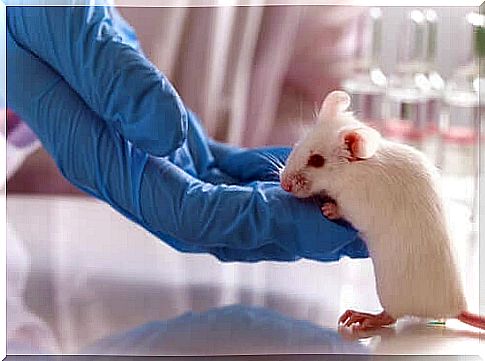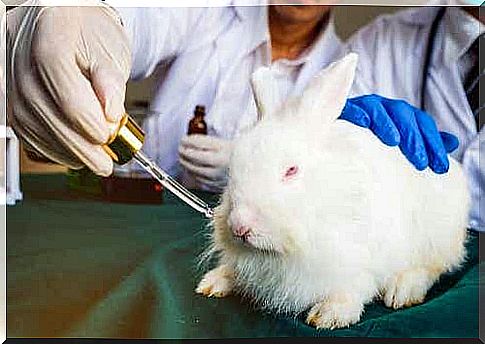What About Animal Testing Anyway?

Animal testing in scientific research has a long history and is still a common practice in scientific research. About 115 million animals are used for these purposes every year. However, many people are against this.
Even in ancient times, animal experiments were common. In the third century BC, Alexandrian physicians conducted experiments on both living and dead animals. In the fifteenth century, however, modern experimentation really started in Italy. Scientists used live animals, especially dogs and pigs, to demonstrate the different functions of body parts.
In the 18th century we can look at the work of Albrecht von Haller. He used nearly 200 animals to demonstrate susceptibility in living tissues. The basis of his work was that animals felt pain. He demonstrated this by measuring the responses to various pain stimuli.
Haller was the first person to apologize for inflicting pain on animals. It is an example of a new sense of responsibility that can be found in various publications from that century.
Now that you’ve learned something from history, you can also take a look at the arguments used by those who are for and against this method of inquiry.

Arguments for animal testing
Animal experiments have contributed to almost all of the medical discoveries of the twentieth century. Nearly all Nobel laureates in physiology and medicine since 1901 have based their studies on data obtained from animal experiments.
In addition, humans are very similar to other animals. We have the same organs and suffer from similar diseases such as cancer, flu, tuberculosis and asthma. In this sense, non-animal methods, while vital to complete information, cannot replace the use of animals.
Modern surgical techniques (such as hip replacement, heart transplants and blood transfusions) as well as scanning techniques (CT and TM) have also been perfected in animal experiments.
Arguments against animal testing
On the other hand , it is unethical to lock the lives of beings that can sense in a cage in a laboratory and inflict pain and fear on them.
Using innovative techniques, scientists have been able to develop research methods without animals, such as in vitro technologies, bacterial cultures and human patient simulators. So why not continue to focus on developing these advancements?
In addition, most animal experiments have no biomedical purpose. In other words, they are not intended to improve human health. Organizations conduct these experiments to test cosmetics or household products, or for military research or environmental impact assessments.
The scientific value of animal biomedical experiments is much lower than many people think. For example, this has many implications:
- People who participate in the trials and those who later consume the products or medicines once they are on the market remain exposed to harm that may not have been detected in animal experiments. It turns out that our human bodies are not as similar as experts previously thought.
- This could prevent the development of a beneficial treatment for humans, even if it had a harmful effect in other animals.

What are the views of other countries?
Most developed countries have laws to minimize the use of laboratory animals and also minimize their pain. The European Union has one of the strictest laws in the world, covering all vertebrates and cephalopods, and includes criteria for the care of the animals as well as for the establishments involved.
In the United States, mice, rats, birds, and fish, which make up 95% of animals used in labs, are not covered by federal law. However, these species are addressed in other, non-federal regulations.
Other countries also have regulations in this area. In Canada, animal testing regulations are the responsibility of provincial governments. China passed the first national animal welfare law in 2006.
Perhaps the most demanding regulation in the world is that of the United Kingdom. England is demanding a cost-benefit analysis to allow animal testing, as well as modified permits for those carrying out the tests.









